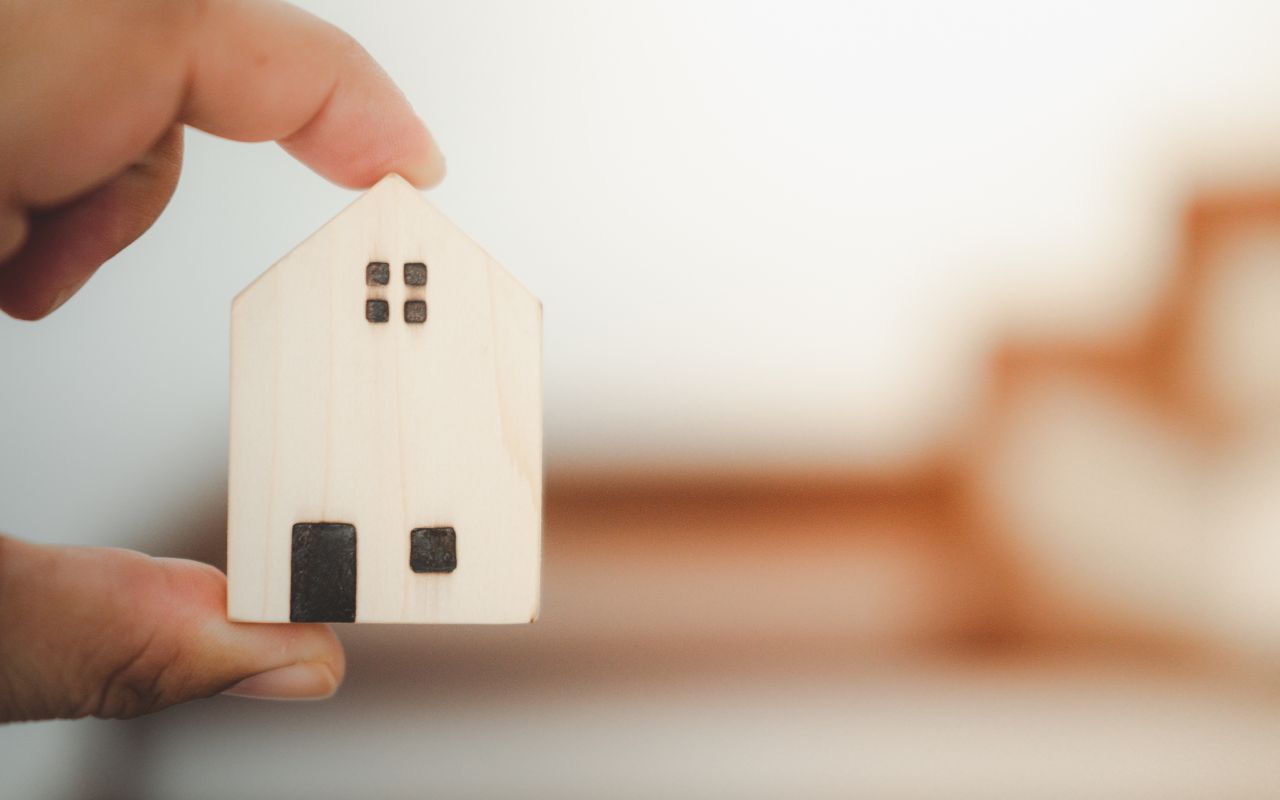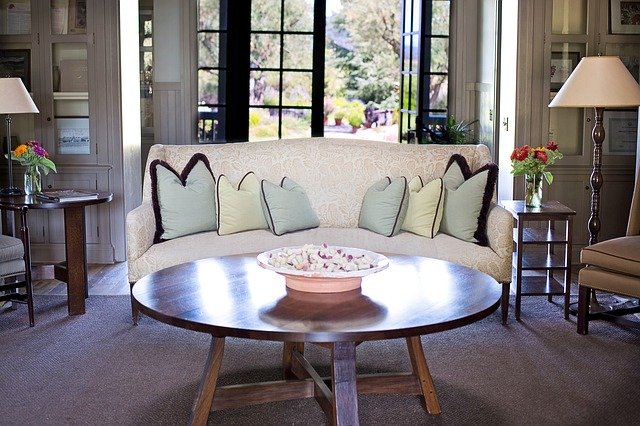The tiny home movement has gained a lot of traction in recent years as prospective homeowners look for alternatives to traditional housing in the face of ever-rising costs.
These modest homes provide a variety of benefits that make them attractive to homeowners of all ages. In this article, we will focus on tiny homes and their effect on the environment.
Shrinking Your Carbon Footprint
Naturally, by reducing the size of your home, you reduce the number of resources you need to keep it functioning. You’ll need less electricity to keep your home lit. Keeping the home’s climate at a comfortable level is easier than ever.
Your carbon footprint and electricity bill will shrink without ever requiring you to sacrifice your lifestyle. It’s the best of both worlds, and you’re doing your part in improving the impact we have on our Earth.
Prefabricated Materials
The highest quality tiny homes are made from recycled prefabricated materials. This helps prevent resources from being thrown out to rot in a landfill. Instead, it ensures materials are put back into the supply chain for the construction of new homes.
Furthermore, having the pieces of tiny homes made in advance as modular units makes construction very quick.
Conserving Space
Obviously, tiny homes are small—it’s right in the name, after all—but you may not fully consider how tiny homes affect the environment by conserving space. It may feel insubstantial at first, but as the movement grows, tiny homes require less space to be built, so less of the environment needs to be cut down and cleared. As a result, we are far less destructive to the natural habitats of wildlife and can preserve our beautiful forests and other natural elements.




